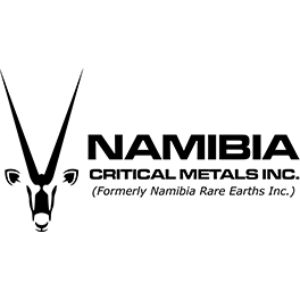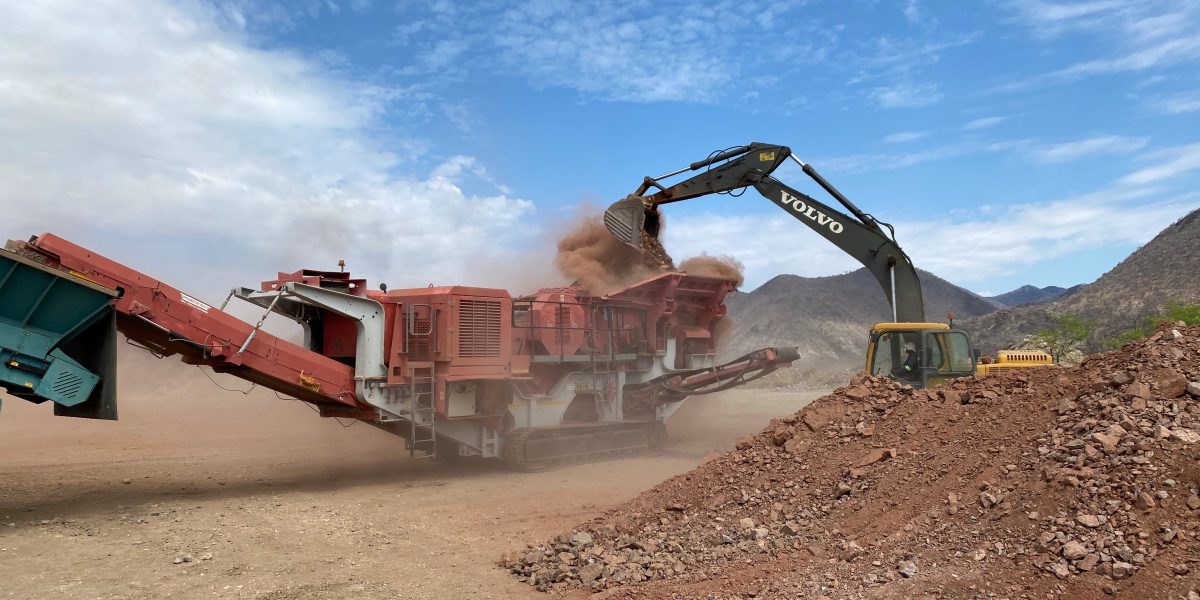Namibia Critical Metals Inc. is pleased to announce that it entered into a Memorandum of Understanding (MoU) to conduct a feasibility study for a rare earth separation plant in Namibia. The proposed separation plant aims at producing rare earth metals which can be directly used in the production of permanent magnets for electric vehicles and wind turbines.
The recent Preliminary Economic Assessment of the Company’s expanded project “Lofdal 2B-4” foresees an annual production of about 2,000 t of mixed rare earth oxides (MREO) over 16 years containing an average of about 117 tonnes dysprosium oxide and 17.5 tonnes terbium oxide, the most valuable rare earth elements.
Separation of the rare earth elements (REE) is globally a major bottleneck for a de-risked supply chain for those strategic critical raw materials. While several separation technologies are available, separation facilities need a significant upfront capital expenditure, a steady raw material supply and a critical mass to operate viably. Therefore, the initiative was taken by the three advanced rare earth project developers in Namibia to jointly embark on a feasibility study for such a separation plant in Namibia.
Besides NCMI, the parties of the MoU are E-Tech Resources (listed on the TSX Venture Exchange, TSXV: REE), exploring the Eureka monazite deposit in central Namibia, and Ondoto Rare Earth (Pty) Ltd., a private Namibian company developing the high-grade Ondoto bastnaesite deposit in northern Namibia. For the purpose of completing this feasibility study and possible construction and operation of a separation facility in Namibia, the three companies will participate in a joint venture known as the “Rare Earth Alliance Namibia” (REAN).
- Darrin Campbell, President of Namibia Critical Metals stated:
“We are thrilled to explore the technical and commercial potential of a rare earth metal separation facility in Namibia. With the three partners of the Rare Earth Alliance Namibia we reach the critical mass to build such a metal separation plant. Our partners from Ondoto can provide licensed brownfield sites and construction teams which would potentially allow for a timely realization of permitting and construction of the facility. Namibia Critical Metals and the partners would significantly benefit from reduced, cost-based separation fees at the Namibian separation plant. This initiative would create further value addition in the country with all the attached socio-economic benefits and puts Namibia on the global map for these highly critical metals.”
The parties of the MoU agreed to explore and evaluate the technical potential and viability of developing a rare earth element (REE) separation facility to extract and separate REE from concentrates of mixed rare earth oxides produced in Namibia and possibly for rare earth concentrates and semi-products from outside of Namibia. Key elements of the feasibility study are the potential supply and specifics of REE concentrates from Namibian mines and other sources, potential locations for the facility, infrastructure requirements and all regulatory and environmentally considerations.
If proven to be viable, the Rare Earth Alliance Namibia aims at designing, constructing and operating the REE separation facility through a Special Purpose Vehicle (SPV).
The facility would create a value-added chain in Namibia’s mining sector through processing of REE-concentrates into more valuable REE-products and, thus, reduce the export of raw materials as concentrates, create jobs and improve skillsets in the country.
Contributed by Namibia Critical Metals


